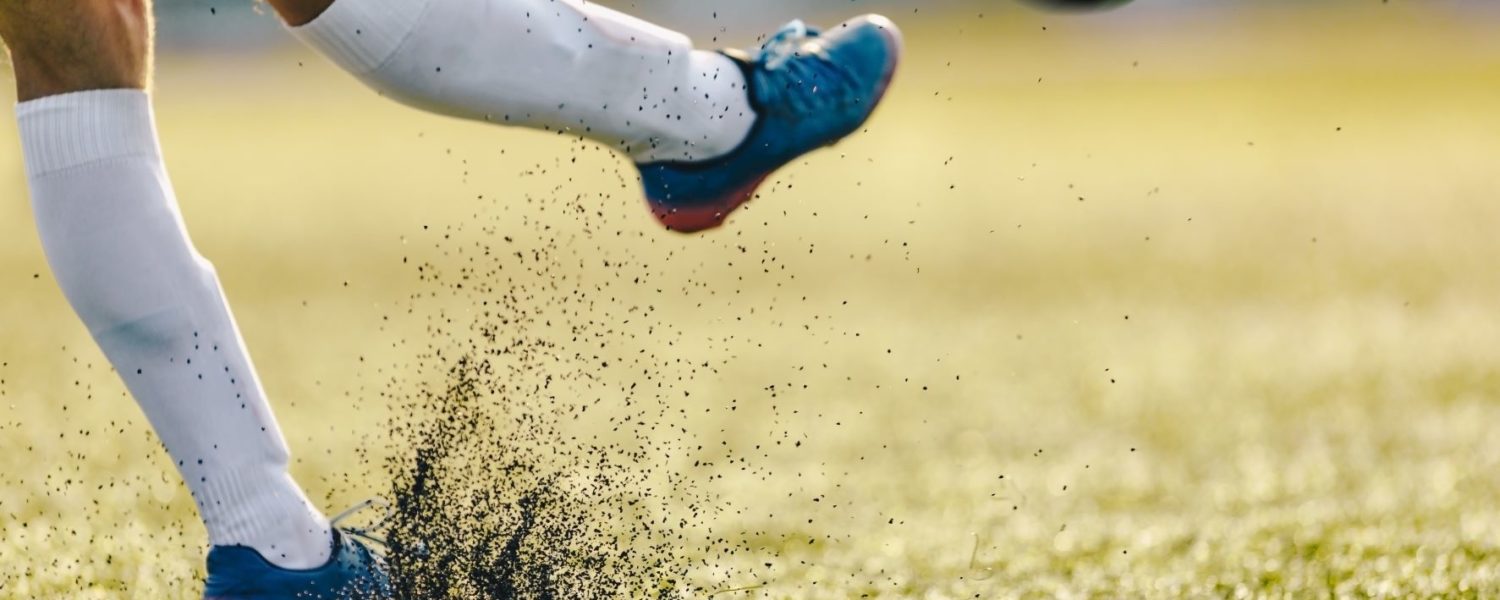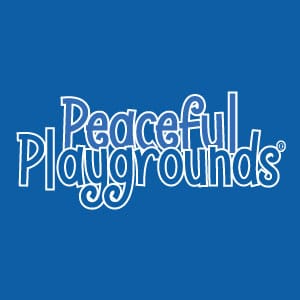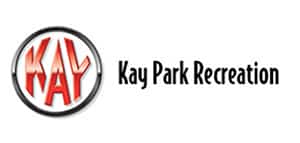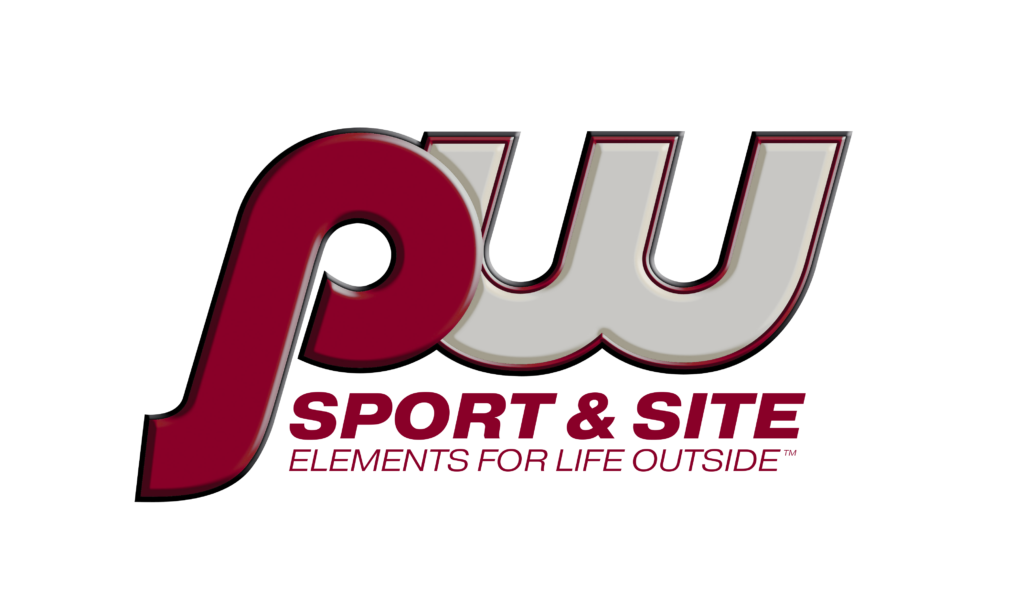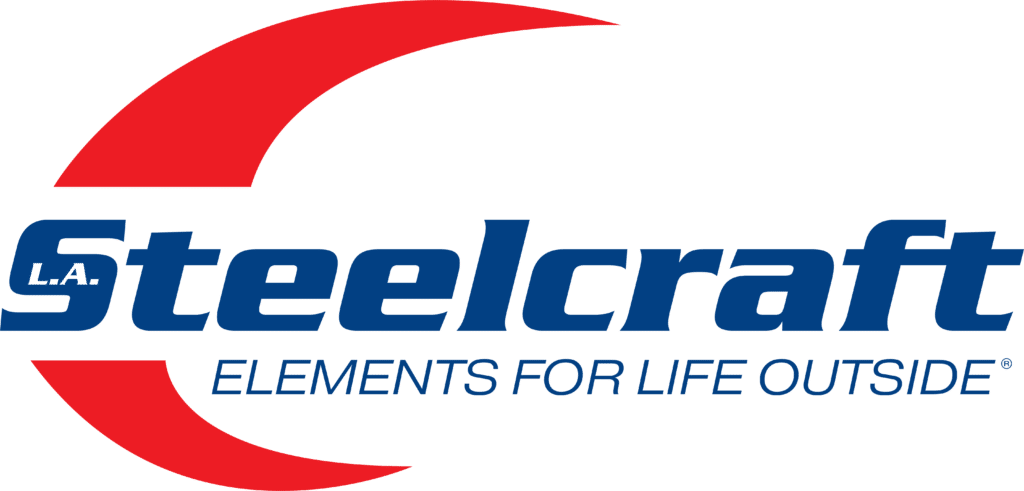Outdoor athletic facilities bring your community together under Friday night lights. It serves as the place for athletes to gather for fun, competition, and personal achievement. Preserving health and safety requires preventative field maintenance to eliminate injuries. This ensures your athletes have a solid foundation to be healthy on and off the field.
Assessing Synthetic Turf for Impact Attenuation
Since synthetic turf fields are built on top of 5” to 7” of drainage stone, your turf system design should provide shock absorption to help reduce the risk of injuries such as concussions and bodily contusions. While the stone base significantly enhances the drainage and playability of the surface in inclement weather, your athlete’s safety is at the forefront of our minds. In today’s typical synthetic turf system, the rubber infill is designed at a specific depth to provide the impact attenuation (cushion) to keep your field safe and playable. In this type of synthetic turf system, it’s imperative to maintain the level of infill to the designed depth to stay within regulation.
How Is Impact Attenuation Measured?
The industry standard for regulating your field’s impact attenuation (cushion) is measured by what is known as Gmax. You conduct Gmax test by dropping a weight at several locations across the field to determine how hard or soft the area is. If your field tests at 200 Gs or more, the field is deemed unsafe. The field is not safe and unplayable until remediated and tests under 200 Gs. If someone gets hurt or becomes concussed while playing on a field found too hard, the owner could be liable for the injuries.
The industry maximum for Gmax of 200 Gs is determined based on studies from the 1980s that correlated head injuries resulting in a skull fracture, loss of consciousness, or rupture of blood vessels. We know concussions are possible without those three symptoms as we have learned more about brain injuries. The Synthetic Turf Council (STC) recommends a maximum Gmax value of 165 Gs.
What Prevention Measures Can I Take?
A typical sand/rubber infilled synthetic turf system keeps your field safe and playable by adequately maintaining the turf, monitoring infill levels, and regularly testing the field for Gmax. Closely monitoring these aspects is necessary because all of the cushion comes from the infill remaining at the designed depth in these synthetic turf systems. In the high wear areas such as goal mouths, lacrosse creases, and midfield, the infill levels drop, and the field can become too hard. Proper maintenance practices will identify these areas early on and fix them before it becomes an issue.
Another way to prevent the field from being deemed unsafe and unplayable is by designing and installing a shock pad underneath the synthetic turf system. The shock pad is installed on the stone base and directly underneath the turf surface. Shock pads give the required impact attenuation the field requires over the pad’s lifetime regardless of the infill system chosen.
Can a Synthetic Turf Field Be Too Soft?
While it should be a high priority to provide a cushion on top of the gravel subbase, there is a limit to how soft the field should be. It is too soft if the field feels like running on loose sand at the beach. These field conditions can lead to premature fatigue in your athletes, bringing on the risk of lower extremity muscle strains and tears. It is often the case when a field is overfilled with infill, or the infill is comprised of mostly rubber. To reduce the risk of your field becoming too soft, we recommend that the Gmax be greater than 90 Gs across all playing surfaces.
This article is courtesy of Sportworks Design, which has shaped the landscape for youth, collegiate, and professional athletes for more than a decade, www.sportworksdesign.com.


